What Is Inverted Arch Footing?
Important Point
The Inverted Arch Footing is built in areas where the carrying or bearing capacity of the soil is very low and the load of the building is concentrated on the walls and digging is not possible. This is not a typical type of foundation. Inverted Arch Footing is built between the two foundation walls.
The walls should be thick enough and strong to withstand the outward horizontal thrust caused by the action of the arch. An Inverted Arch Footing is a civil engineering structure in the form of a modified arch, inverted in comparison with a standard arch footing.
Like flying arches, the Inverted Arch Footing is not used to support the load, such as a bridge, but rather to withstand sideways internal loads. In a standard Inverted Arch footing the dry load is facing downwards in the middle of the arch and transmits this into forces both downwards and outwards at the base of the arch.
In most cases, this sideways force is problematic and must be withstand using strong foundations or a further bowstring girder, in the form of a tied arch bridge. Inverted Arch Footing is used where sideways forces should be restrained, and where space is easily accessible beneath a construction.
Inverted Arch Footing are commonly used in railway cuttings, but are perhaps used prominently as a base of docks, especially dry docks or waterproof locks that can withstand the side thrust of their walls. Some tunnels are built in an oval section, such as the Newbold on Avon tunnel, where the lower part forms an invert for strength.
Continued use of Inverted Arch Footing to support the lengthways forces from another arch, such as a bridge or viaduct. Inverted Arch Footing is often done on poor soil for reducing ground loads. In the simplest case, the wall simply spreads the descending loads of the viaduct columns over a wide area, exactly like an inverted arch bridge.
Inverted Arch Footing was used under the Hownes Gill Viaduct, on the advice of Robert Stephenson. Inverted Arch Footing is also installed on existing bridges, to strengthen them after their banks begin to slide inwards. Such footing was used at The Iron Bridge in the 1970s.
Inverted Arch Footing is often used in conjunction with the retaining walls. This arch provides the foundation for the walls and can withstand the forces of its sides. The retaining wall also provides the vertical load required by the arch.
Where Are Uses Inverted Arch Footing?
Inverted Arch Footing is used in areas where the load-carrying capacity (Bearing Capacity) of the soil is very low. Inverted Arch Footing is also used in construction when the building load is concentrated on walls and deep excavation of the project site is not possible.
For Inverted Arch Footing an inverted arch is constructed under the foot of Piers. Usually a segmented arch with a rise of l / 5th to l / 10th of the span is used. The span of the arch will usually depend on the arrangement of the pillars. The thickness of the arch ring should not be less than 30 cm.
Advantages of Inverted Arch Footing:
The advantages of Inverted Arch Footing that can be seen in construction sites are.
- Inverted Arch Footing is constructed in soft soils due to that the depth of the foundation usually decreases.
- The entire Inverted Arch Footing is in compression.
- Bridges with Inverted Arch Footing can be very long as there is no tension in the bride.
Also Read: Types of Washers and Uses
Disadvantages of Inverted Arch Footing:
The disadvantages of Inverted Arch Footing that causes hindrance in construction sites are.
- For the construction of Inverted Arch Footing, skilled labours are needed.
- Construction cost of Inverted Arch Footing is very high.
- A cable-stayed structure must be built to hold both ends of the arch before it is joined.
What Is Inverted Arch Footing?
It means that beams have to work in bending because there isn’t room inside them for the curved load path of an arch.
Where Are Uses Inverted Arch Footing?
The inverted arch footing is used in places where the bearing capacity of the soil is very poor and the load of the structure is concentrated over the walls and dep excavations are not possible. This is not a common type of foundation. Arched constructed between the two walls of the base.
Advantages of Inverted Arch Footing-
However, the advantage of inverted arch construction is that in soft soils the depth of foundation is greatly reduced. They constructed between two walls of the base. When the walls must be sufficiently thick. When it makes a strong withstand the outward horizontal thrust caused by the arch action.
Disadvantages of Inverted Arch Footing-
The problem with inverted arches is related to the problems with regular arches; they are not good at handling asymmetric loads and differential movement. In inverted arch need skilled labored. This is a costly footing.
Uses of Inverted Arch Footing-
The inverted arch footing is used in places where the bearing capacity of the soil is very poor and the load of the structure is concentrated over the walls and dep excavations are not possible. This is not a common type of foundation. Arched constructed between the two walls of the base.
Raft Foundation
Raft foundations are a type of foundation with high integrity in which four foundation piers are connected together using a large foundation slab to form a massive structure and the foundation piers are connected through beams.
Combined Footing
A combined footing is a type of foundation constructed combining two columns. When there are more than two columns, that foundation is called the strip footing. A combined footing is constructed when the isolated footing can not take bear the applied load along or when there are two columns closed by.
Isolated Footing
Isolated or single footings are structural elements used to transmit and distribute loads of single columns to the soil without exceeding its bearing capacity, in addition to preventing excessive settlement and providing adequate safety against sliding and overturning.
Inverted Arch Foundation
An inverted arch foundation, also known as an inverted beam foundation, is a type of foundation used to support a structure in a situation where the soil is not stable or the structure is located on a slope.
Arch Foundation in Construction
An arch foundation is a type of foundation used in construction to support a load-bearing structure such as a building or a bridge. It consists of a curved or arched structure that distributes the weight of the structure above it to the surrounding soil or bedrock.
Inverted Arch Footing Is More Suitable For
The inverted arch footing is used in places where the bearing capacity of the soil is very poor and the load of the structure is concentrated over the walls and dep excavations are not possible. This is not a common type of foundation. Arched constructed between the two walls of the base.
Arch Foundation
An arch foundation is a type of foundation that utilizes an arch structure to support a load-bearing structure, such as a building or a bridge. The arch foundation consists of an arched shape that spans between two points, often in the form of columns or walls, and distributes the weight of the structure above it to the surrounding soil or bedrock.
Upside Down Arch
An upside-down arch, also known as an inverted arch or a reverse arch, is a type of arch structure that is installed or constructed with the curved part facing downwards, instead of upwards as in a traditional arch. This type of arch can be used for various purposes, including in bridge construction and as a foundation element.
Arched Foundation
An arched foundation is a type of foundation that utilizes an arch structure to support a load-bearing structure, such as a building or a bridge. The arch foundation consists of an arch-shaped structure that spans between two points, often in the form of columns or walls, and distributes the weight of the structure above it to the surrounding soil or bedrock.
Advantages and Disadvantages of Arch Bridges
- Advantages of Arch Bridges. Multiple design options. Better level of resistance. Can span a greater distance.
- Disadvantages of Arch Bridges. Provides a finite span with each set of abutments. Requires an experienced hand. The arch must be perfect for the bridge design to be adequate.
Upside Down Arch Bridge
An upside-down arch bridge is a type of bridge that utilizes an inverted arch structure to support the roadway or deck. The arch structure is installed underneath the bridge deck, with its curved part facing downwards towards the ground, instead of upwards as in a traditional arch. This allows the arch to provide support and stability to the bridge deck, distributing the weight of the bridge and the vehicles on it over a larger area.
Tied Arch Bridge Advantages and Disadvantages
- Advantages of a Tied-Arch Bridge. Very strong. Less force on abutments.
- Disadvantages of a Tied-Arch Bridge. Regular maintenance is required to ensure the stability of the hangers and arch. The size of each span is limited as compared with suspension bridges.
Arch Bridge Disadvantages
- Creating a long span length requires more arches.
- Time-consuming to construct and maintain.
- Requires strong side support to complete a successful span.
- Requires considerable expertise to build.
Like this post? Share it with your friends!
Suggested Read –
- What Is Defects in Painting | 18 Types of Defects in Painting | How to Prevent Defects in Painting
- Aggregates | Difference Between Coarse And Fine | How to do Shape and Size Matter in Aggregate
- What Is Transportation Engineering | Major Disciplines of Transportation Engineering | What Do Transportation Engineers Do
- What Is Sewerage System | Types of Sewerage System | Why We Need a Partially Separate System | How Does a Sewage Treatment Plant Work
- What Is Kelly Ball Test | Test Procedure of Kelly Ball Test | Use of the Kelly Ball | Advantages of Kelly Ball Test | Disadvantages of Kelly Ball Test
- What Is Oblique Drawing | Oblique Drawing Examples | What Is Oblique View | Oblique Projection | Oblique Shape | Cabinet Oblique | What Is Cavalier Drawing
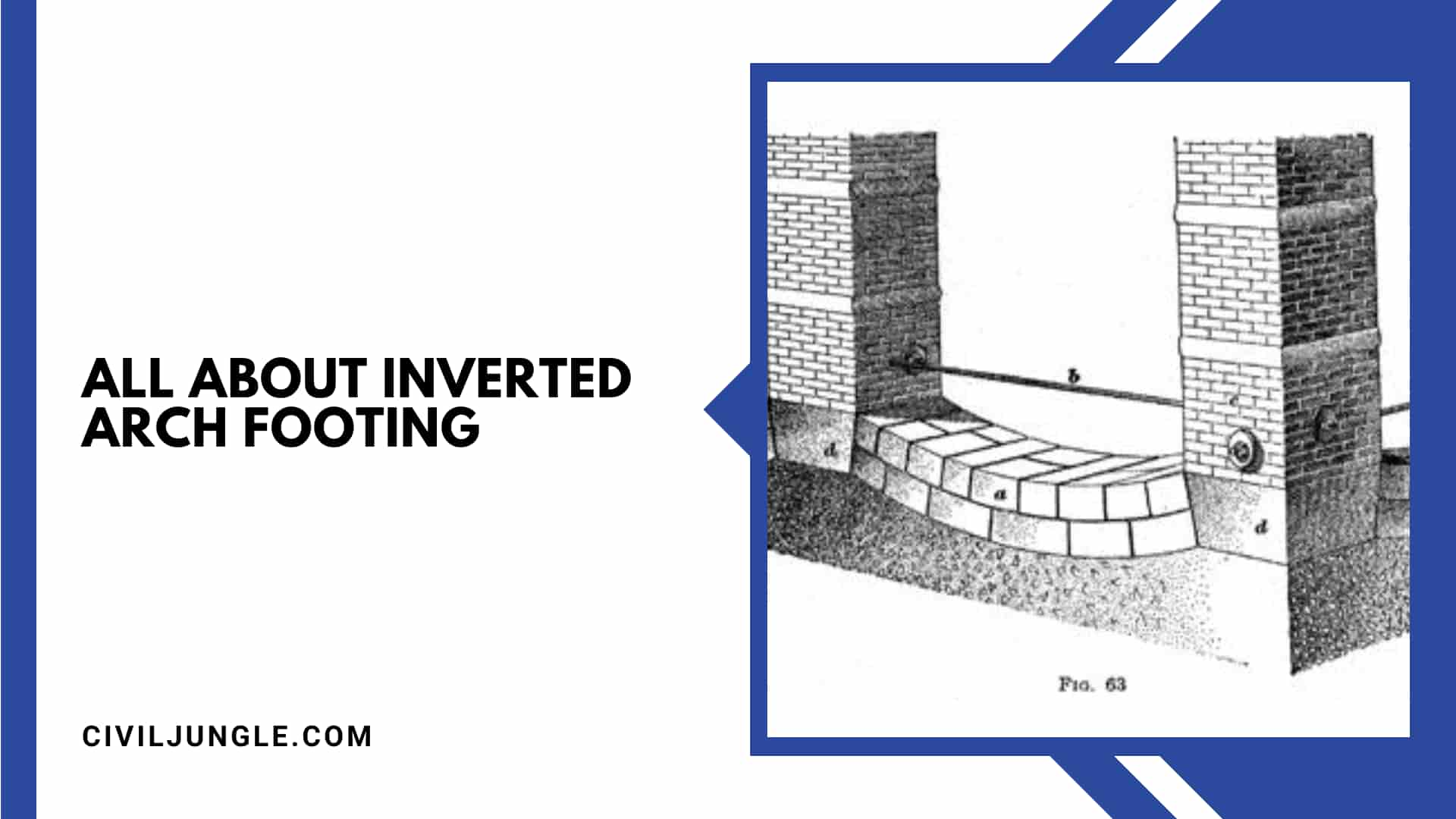
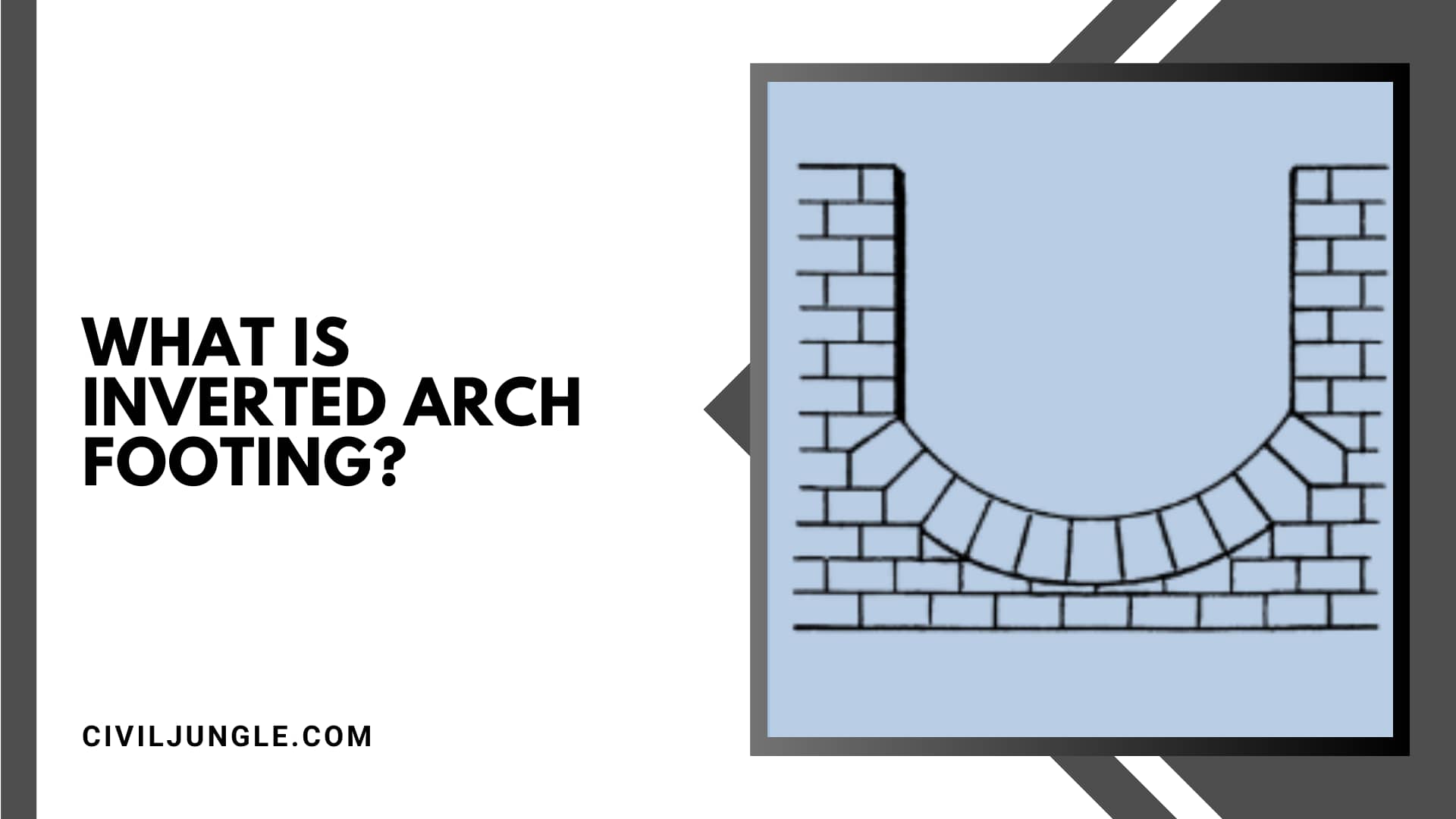
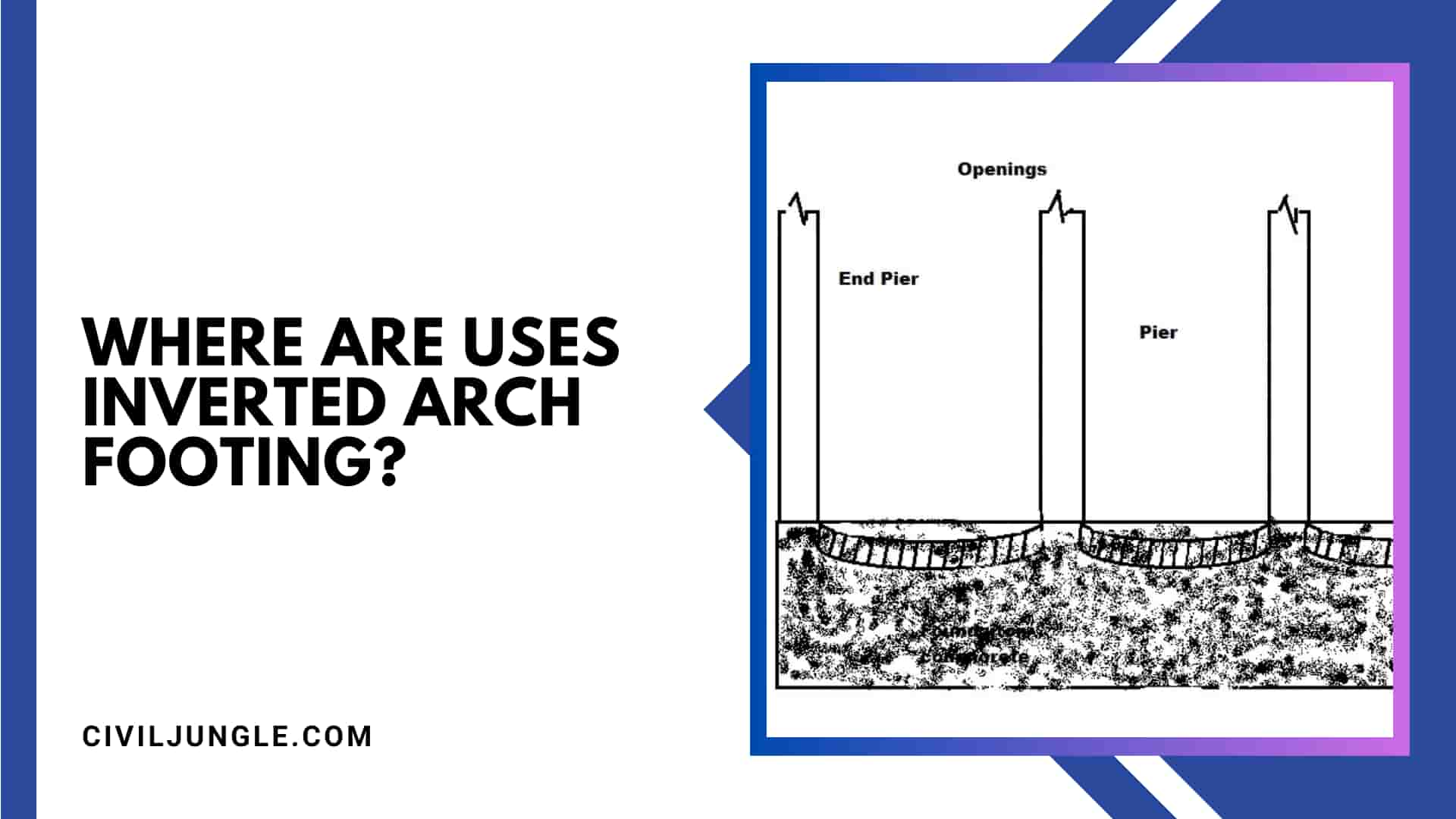
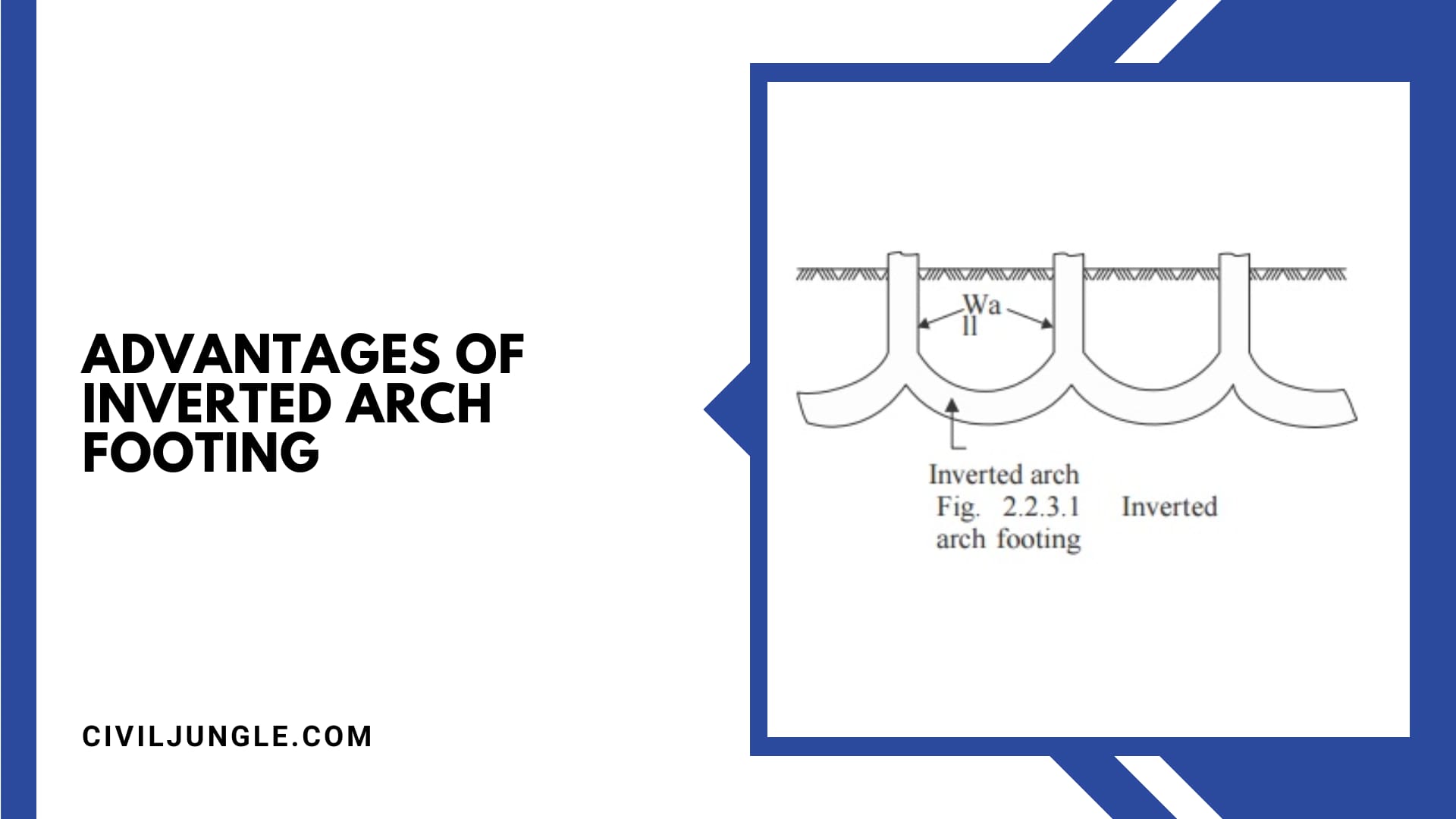
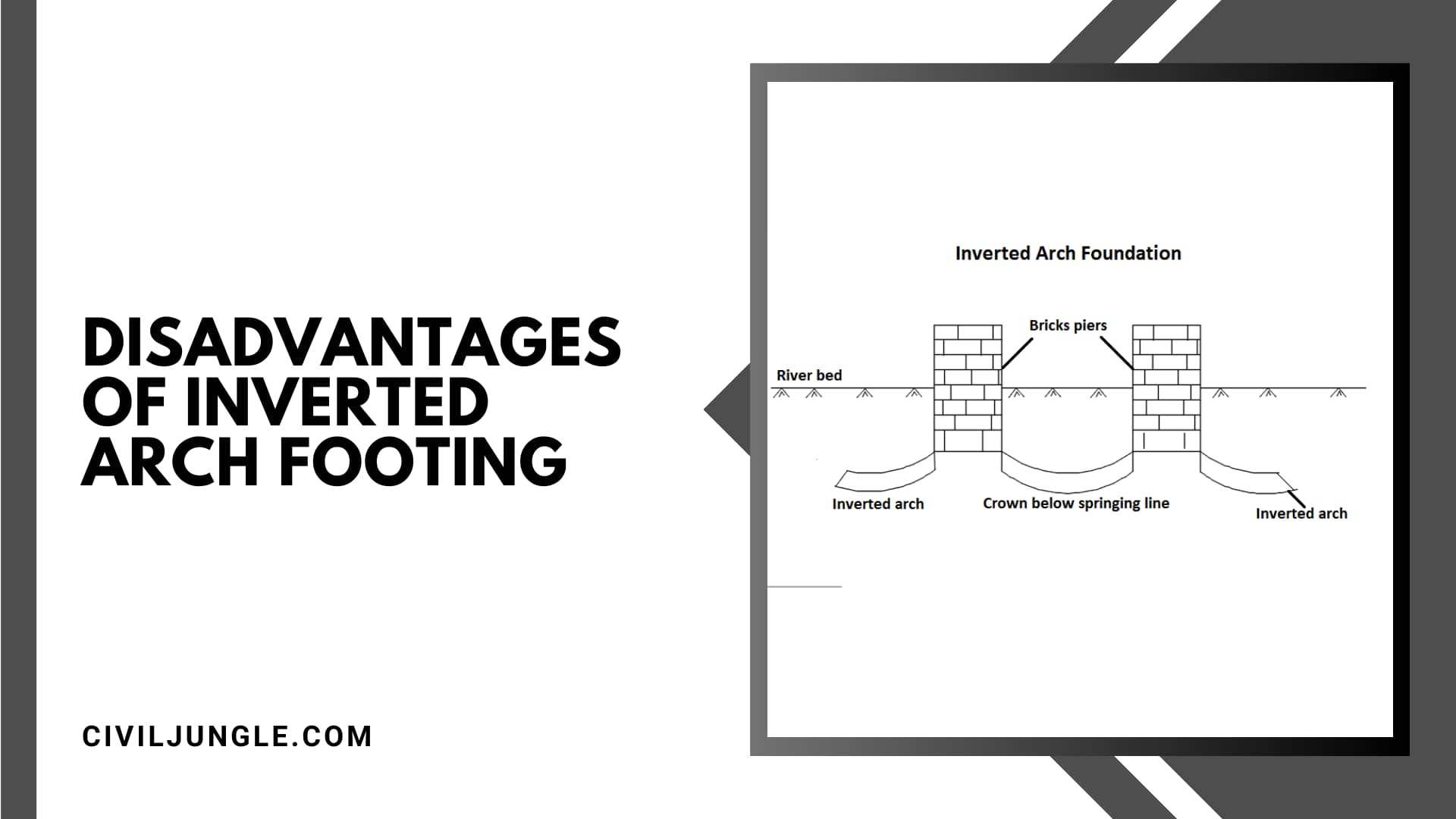

Leave a Reply